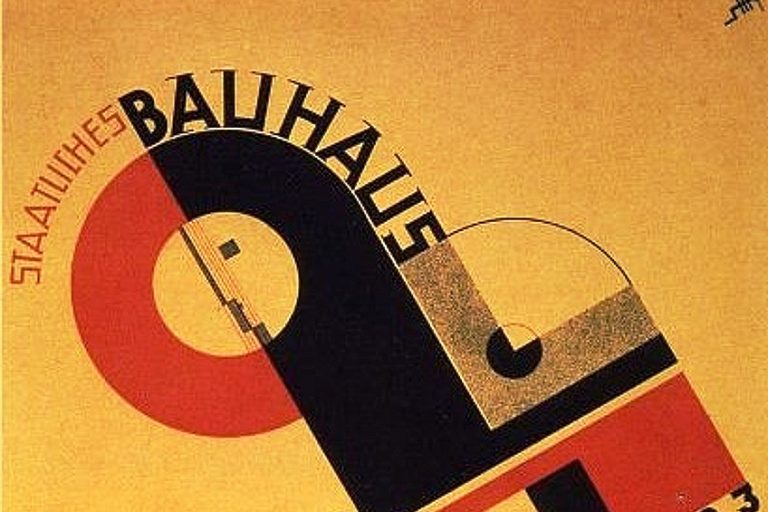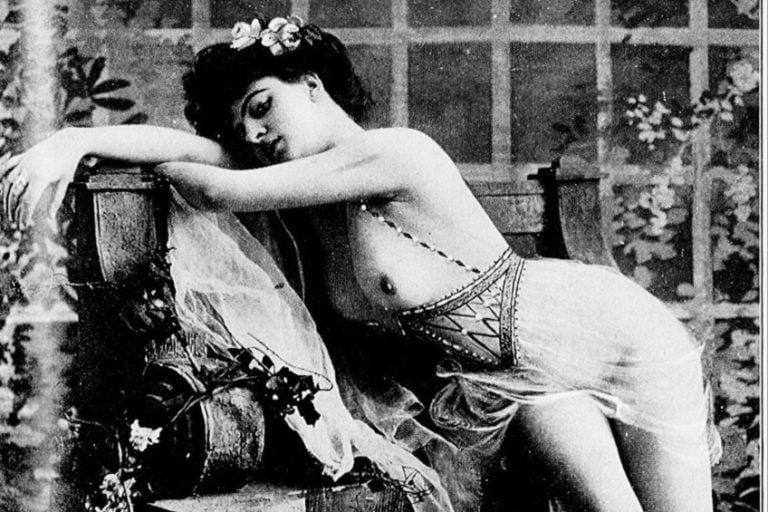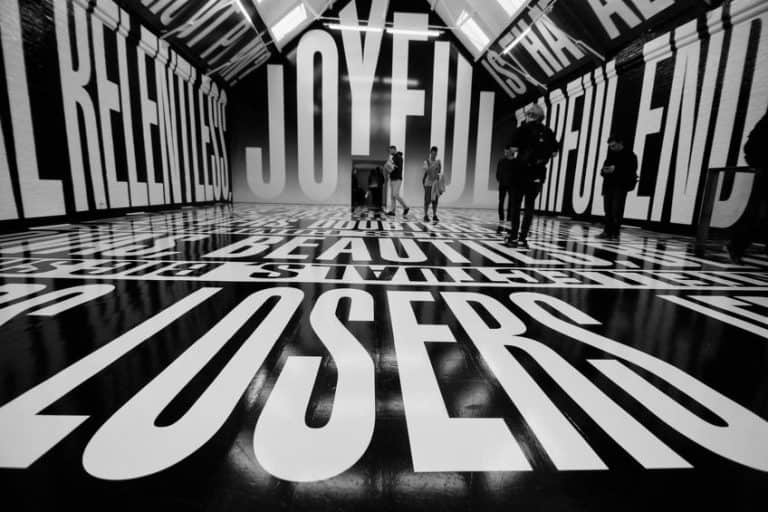Focal Point in Art – How to Create Your Own Focal Point Paintings
When studying a painting, what initially catches your eye? This is a basic description of what a focal point in art is. This concept is what all artists have to learn to create an art piece, something that forms the main attraction in a painting. To get a clearer understanding, let us take a closer look.
What Is a Focal Point in Art?
This is an approach that an artist uses to attract attention. This part of the painting is usually what the painting is all about and is the main theme or forms a major element of the painting. The focal point in art is what usually determines what the art piece is going to be about. So, whatever your focal point is, it should be decided upon before you begin painting.

Another term that may pop up when painting, is a center of interest. Is this the same as a focal point? We have already determined what a focal point in art is, however, a center of interest is slightly different. This is a part of a painting that also attracts your attention, but in a way that is more from a curiosity standpoint. In other words, it is an image that is interesting like a figure, animal, or other familiar objects.
Figures, as well as faces, are interesting natural elements. So, you gravitate towards these.
The focal point in art is more visually attractive, meaning it has bright colors or patterns that catch the eye. Your eye automatically zones in on these features within a painting. To create something effective, the focal and center of interest should preferably be the same. Having too many points of interest can be distracting for some viewers.
The Position and Purpose of a Focal Point
Maybe you are wondering where a focal point should be placed, maybe right in the middle or maybe in the corner? Of course, you can do whatever you feel you want to, however, there are guidelines for you to follow so that you have the best outcomes for your artwork. You need to establish where you would like the viewers to look.
There is no set rule, but the best possible position for a focal point is somewhere in the middle. It can be directly in the center, but this might seem too made-up, artificial, or too formal. So, a focal point that is slightly off-center will look a bit more natural.
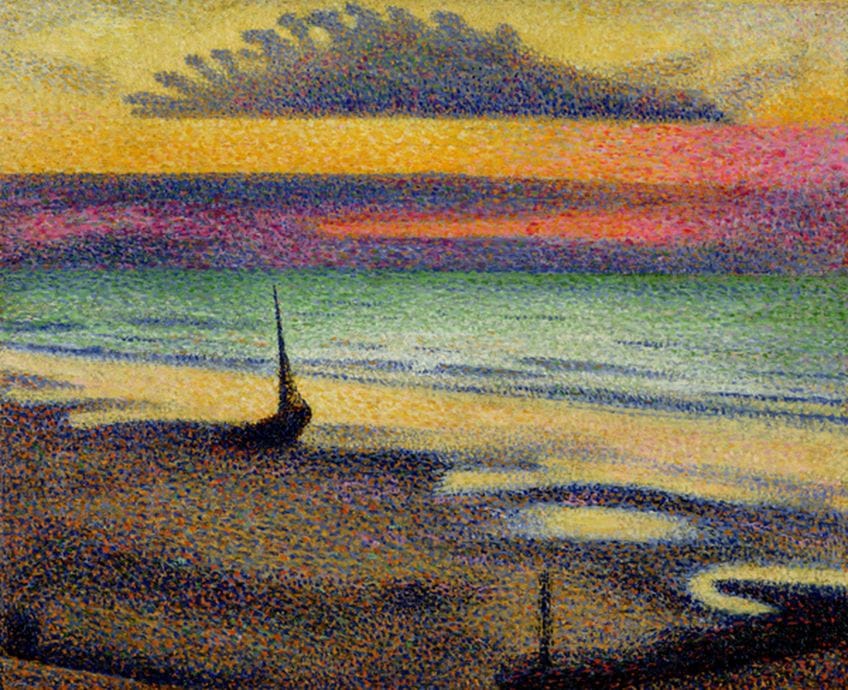
So, if a focal point is done in the center of the painting, your focus is entirely on this and the viewer is not encouraged or given space to look up, down, left, or right. However, move it off-center to the left, and there is then space for the viewer to move right. The same, if you place the focal point on the right, the viewer is then encouraged to move left. This is the same if you move it down or up and to the left or right, which should then also encourage the viewer to move right or left, and up or down as well.
You should also consider who you are painting for, many cultures read from left to right, so this is a natural rhythm. However, some cultures are taught to read from right to left, which is natural to them. So, it would benefit you to paint according to the audience you are displaying your art for.
In some cases, you might find that your focal points have shifted, by adding a splash of color in the wrong place. However, if you are on the lookout for these types of slip-ups, you can make adjustments to shift the focal point again.
The main purpose of focal point paintings is to create interest and is usually the main theme of the painting. The whole meaning of the art piece is usually tied to the focal point. The artist must then place the focal point properly, and make changes to the color values and tones, and other techniques to create a complete and expressive painting.
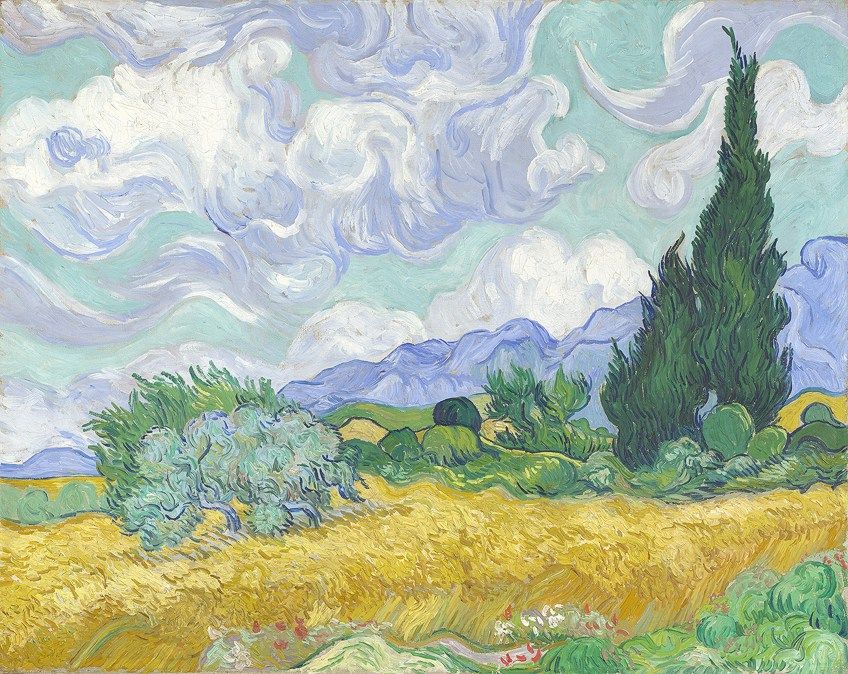
You should not leave the decision of a focal point up to those who are viewing the painting. The painting should be the one that takes the viewer on a journey through the artwork. Starting with a single focal point might be easier, however, multiple focal points can provide a pathway that leads the viewer across the painting. This is more challenging, but it can create more of a contemplative flow around the painting. To help the process along, you can try answering these questions before you begin painting.
- What is the purpose of the painting?
- What is the main theme of the painting?
- What outcome do you wish to achieve?
History of Focal Points in Art
Art has a long history, and it has changed and grown vastly over the years. Starting with simple ideas of lines, shapes, texture, color, and space, art changed to something more, providing meaning, more details, and exhibiting quality. The various methods and techniques have developed from medieval art, which was flat, with unrealistic proportions and not many colors, to Renaissance art which displays better proportions and perspective.
Today there are a lot more diverse ideas and methods for painting. Below are some focal point in art examples.
Girl with a Pearl Earring (1665) by Johannes Vermeer
This is one of his more famous paintings, and the focal point in this painting is the highlighted girl’s face and the pearl earring. Originally, the painting was named Girl with a Turban, but this changed later to what it is today. Some critics also find that the eyes are more of a focal point and are what capture your attention first.
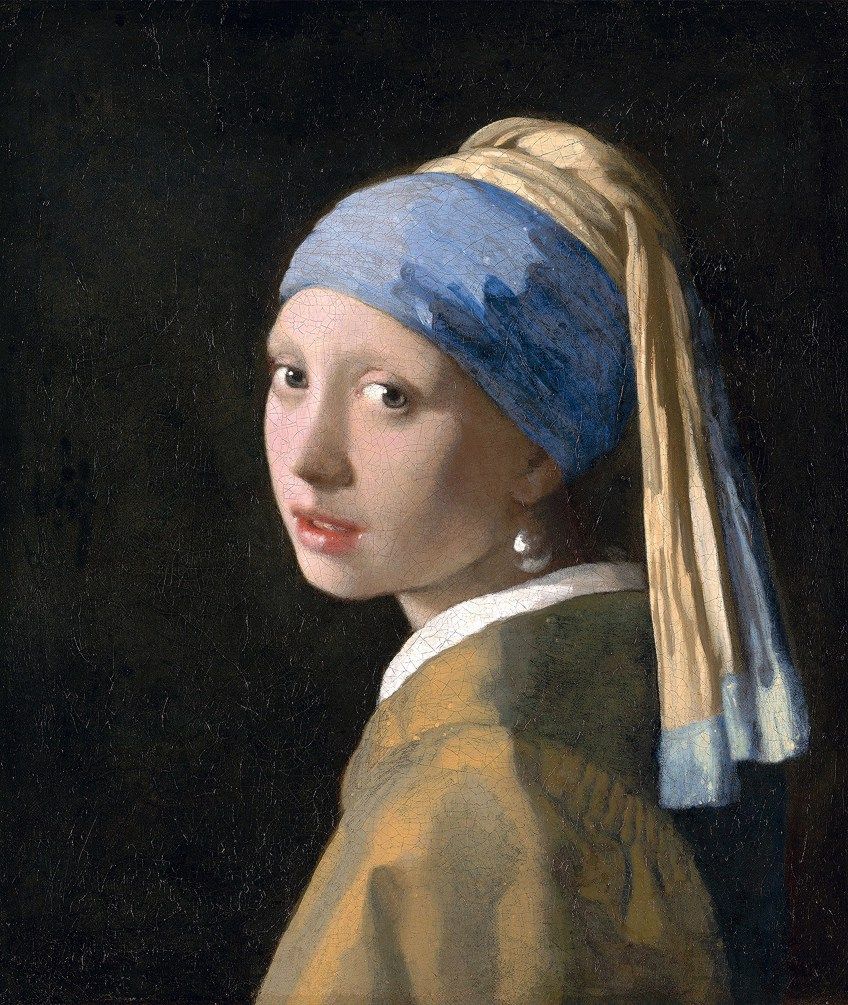
A Dinner Table at Night (1884) by John Singer Sargent
John Singer Sargent was an Italian-born American, who later died in London. He was an extremely popular portrait artist, and many came to his London studio for this reason. The focal point in this painting, is the woman that is seated at the table and is positioned a little off center. Other focal points are the three lamps placed strategically around the room in the painting.

The Son of Man (1964) by René Magritte
This is one of those examples of a focal point in art that is a little different. René Magritte, a Belgium artist, created some unique surrealist art. The painting, The Son of Man is said to be a self-portrait. The painting is made up of a man in an overcoat and a bowler’s hat.
He is standing in the foreground by a wall and the background is of the ocean and sky.
There is also an apple floating in front of the figure’s face, which is unusual and makes this the focal point in the painting. The painting appears symmetrical at first glance, but taking a closer look, you will notice some differences. The painting emphasizes that most of what is visible is also shrouding something else.
Portrait of Leo Tolstoy (1887) by Ilya Repin
This painting was done by Ilya Repin, a Russian painter, who was born in what is now known as the Ukraine. When looking at the portrait, your eye is drawn toward the face of the subject. However, the book on his lap also attracts your attention as a secondary focal point.

The Twelve-Year-Old Jesus Teaching in the Temple (1524) by Ludovico Mazzolino
An Italian Renaissance painter did many paintings including this amazing piece. In this painting, you might notice that the people’s arms are leading you towards Jesus. The white robe also adds contrast and attraction as the focal point in the middle of the painting.
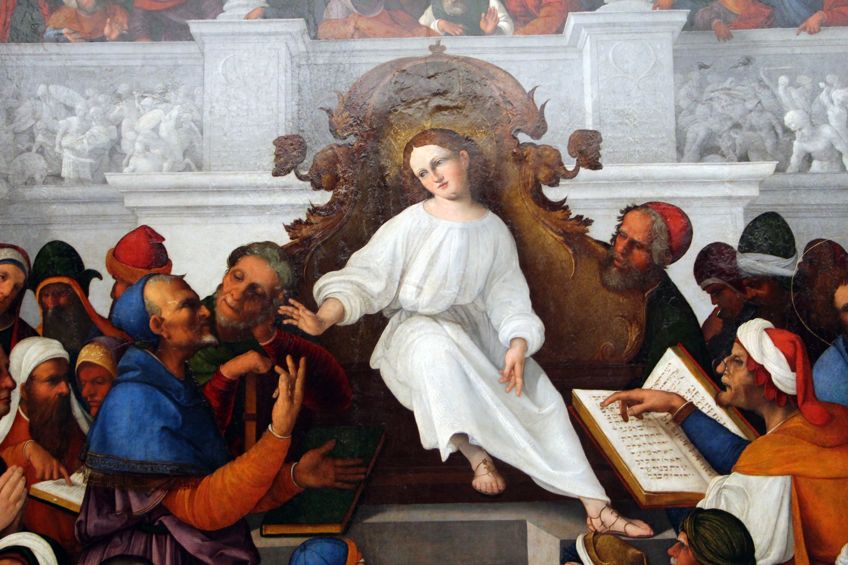
How to Create Focal Point Paintings
The three main features that classify a focal point include color, contrast as well as structure, shape, and size. However, do you really need a focal point? No, it is not absolutely necessary but is recommended, otherwise, the painting could result in something that has no direction or real purpose.
So, no rule says you must have a focal point in art. Some artists do not paint a focal point. For example, you could say that some of Claude Monet’s paintings like Irises In Monet’s Garden, (1900) or his Water Lilies (1916) painting. His focus is more on the effects of light and impression, there is no particular focus as the whole painting can be viewed as a focal point.
However, this does lead back to the center of interest, which the painting does have throughout, creating a sense of harmony.
You are also not limited to only one focal point, and you can incorporate up to four if you want. As with using more than one bold color, you can use one main focal point and include other accent focal points or points that are less demanding, to limit the amount of competition they play off each other. However, this can sometimes lead to confusion, where there are too many areas that grab your attention. So, keeping to one focal point is best for beginners, and try adding more once you have gained more experience and skill.

A focal point plays a major role in the composition of an art piece, and together with other elements form the entire structure of the painting. All of these elements are then used to influence the viewer and how they interpret the painting. The painting composition is what helps to outline the focal point, which in turn can support the composition. Now, let us see what you can do to create a focal point in art.
Artwork Structure
How is the painting arranged? The structure of a painting is what can help direct how a person views the painting. Consider converging lines or lines that move toward a focal point. For example, you can use roads or rivers or even the direction an object or figure is facing can lead you to a focal point. For example, if you are painting a scene where a person is entering a room and other figures in the drawing are looking at this person, you are naturally drawn to this person.
There is also the “rule of thirds” you can use to divide the composition both horizontally and vertically. You then add the key features of the composition along the lines, or at various convergences. The final layout will be more harmonious, interesting, and animated.
Creating Contrast
When working with colors, you will naturally learn the meaning of contrast. Our eyes are attracted to contrasting colors or the difference we can see between light and dark. To create a contrast, you can place the subject of your piece in an area that has the highest contrast. This is also true for shapes and sizes, for example, if you have an image of mostly squares and you add a circle, this is going to stand out. If you have a painting that consists mostly of larger objects and you add a single smaller object, this will become your focal point.
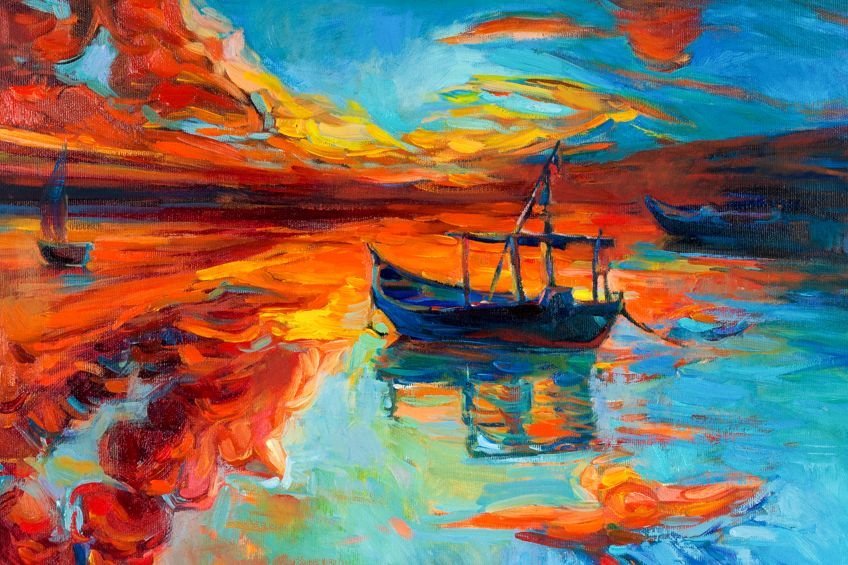
Creating Visual Interest With Colors
When creating contrast with colors, you also create more interest. Contrasting colors are known as complementary colors and when you look at a color wheel, the colors are placed opposite each other. For example, take a bowl of oranges, placed against a blue background.
The color temperature also has a way of attracting the eye.
Warmer colors like yellow, red, and orange will pop out at you, while cooler colors like blue fade into the background more. So, color temperature, value, and saturation can play a part in creating a focal point.
Focus and Detail
Focus can also influence how you see things. An object or image that is more in focus or defined, should grab your attention more than something that is faded or blurry. Another element a focal point has is detail. A focal point is more refined and contains more detail than other elements in the painting
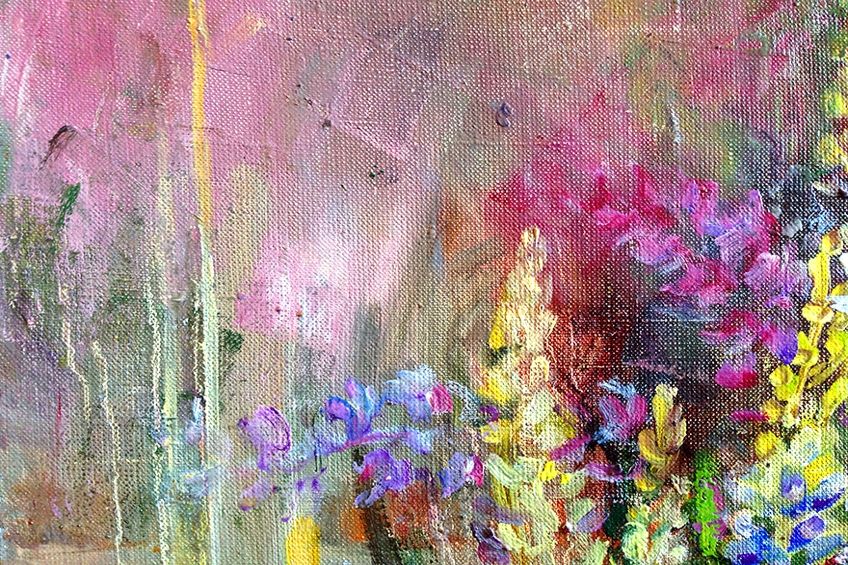
Size and Shapes
Size and shape can also play a role in creating a focal point. You tend to first look at a larger object within a painting than smaller ones. Also, shapes can be a focal point, for example, a geometric shape amongst other more organic shapes.
You can also isolate your image or object to create a focal point, making it stand out more.
Painting the Unusual
We have already mentioned that the subject of a painting, be it a figure, an animal, a building, or other objects, can be the focal point. However, you may have a figure or object in the painting, but then you add an unusual element. This is similar to The Son of Man painting we mentioned above. The unusual element of the apple draws your attention and stands out.
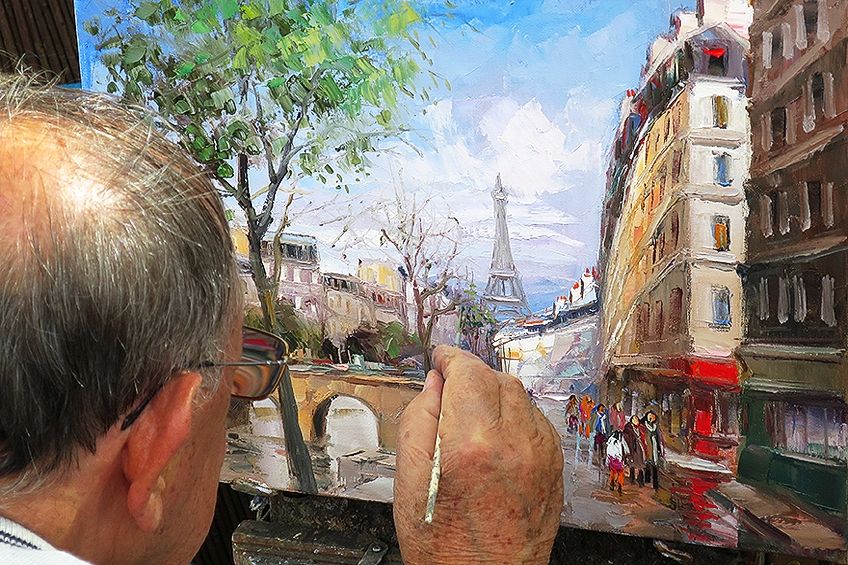
Tips for Creating Focal Point Paintings
If you are a first-time painter, you can test out your painting to see if you are using the focal points properly. Simply close your eyes and then slowly open them, as you open make sure to take notice of where your eye is pulled when looking at the painting.
You can also detect any elements that are distracting you away from your focal points.
Gaze at your focal point for about one minute and see if anything else in the painting is taking your attention away from the focal point. If you do notice something, you can fix the problem by removing it or changing it, so it is less attention-grabbing.
- Try not to create a painting that has too many detailed areas, making it look too busy. Create an area for the eyes to rest and limit the details to the focal point.
- Consider placing the greatest tonal value, close to the focal point to add contrast .
- When you want to emphasize or create a focal point, you add sharp and refined edges, while for those you wish to de-emphasize, you can soften the edges.
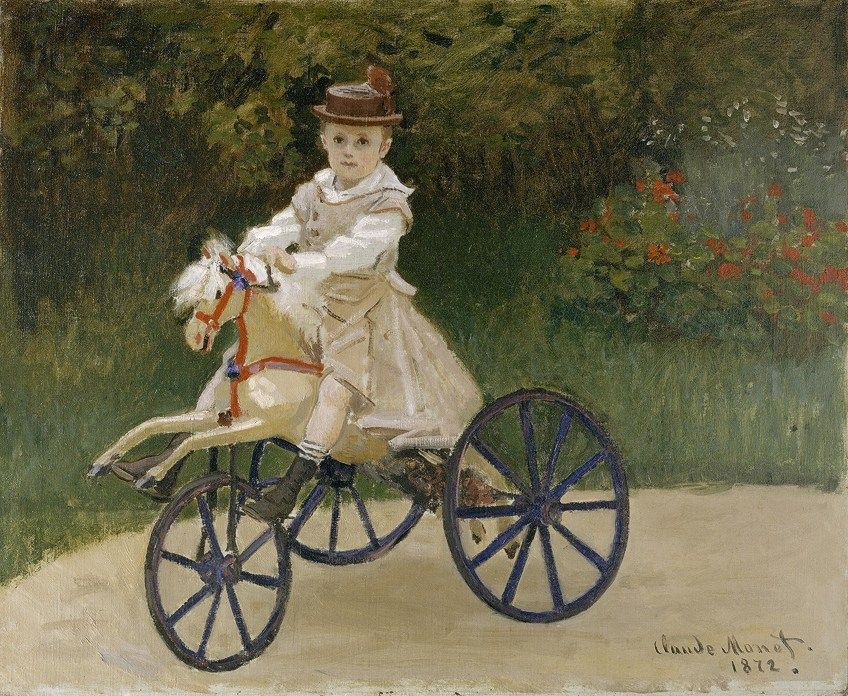
- The easiest and most simple way to guide your viewer towards a focal point is to use lines, especially those that seem to recede. For example, arms pointing in that direction or objects leaning towards the focal point.
- Take time to study other artists and learn more about composition and how to create an appealing painting.
A focal point in art is something that should be first on the list of things to consider when deciding on your painting composition. You can then create an interesting painting around this point of interest. It is also then easier to know where to add your most intense tones and contrasting colors. Ultimately, focal point paintings are up to the artist and are not absolutely necessary, but they are a major benefit in any artist’s toolkit.
Frequently Asked Questions
What Is a Focal Point in Art?
A focal point is a way an artist can attract a viewer’s attention and forms part of the painting composition. When looking at a painting, it is the first thing that attracts the eye, which is usually an area of greatest contrast. A focal point adds interest and is a way you can guide a viewer throughout the painting.
Is a Focal Point Necessary in All Paintings?
Focal points are recommended and a great way to create a more interesting painting that has more dimension. However, it is not absolutely necessary, and it is up to the artist if they want to add a focal point or not.
What Elements Must Be Taken Into Consideration When Forming a Focal Point?
There are lots of techniques you can use to create a focal point. The main element is to add contrast to a focal point. The shape, size, color, value, and even texture can help to create contrast. The subject of the painting, focus, and detail can also play a role. You can also combine various elements to make an even better focal point.
Isabella studied at the University of Cape Town in South Africa and graduated with a Bachelor of Arts majoring in English Literature & Language and Psychology. Throughout her undergraduate years, she took Art History as an additional subject and absolutely loved it. Building on from her art history knowledge that began in high school, art has always been a particular area of fascination for her. From learning about artworks previously unknown to her, or sharpening her existing understanding of specific works, the ability to continue learning within this interesting sphere excites her greatly.
Her focal points of interest in art history encompass profiling specific artists and art movements, as it is these areas where she is able to really dig deep into the rich narrative of the art world. Additionally, she particularly enjoys exploring the different artistic styles of the 20th century, as well as the important impact that female artists have had on the development of art history.
Learn more about Isabella Meyer and the Art in Context Team.
Cite this Article
Isabella, Meyer, “Focal Point in Art – How to Create Your Own Focal Point Paintings.” Art in Context. August 6, 2022. URL: https://artincontext.org/focal-point-in-art/
Meyer, I. (2022, 6 August). Focal Point in Art – How to Create Your Own Focal Point Paintings. Art in Context. https://artincontext.org/focal-point-in-art/
Meyer, Isabella. “Focal Point in Art – How to Create Your Own Focal Point Paintings.” Art in Context, August 6, 2022. https://artincontext.org/focal-point-in-art/.





